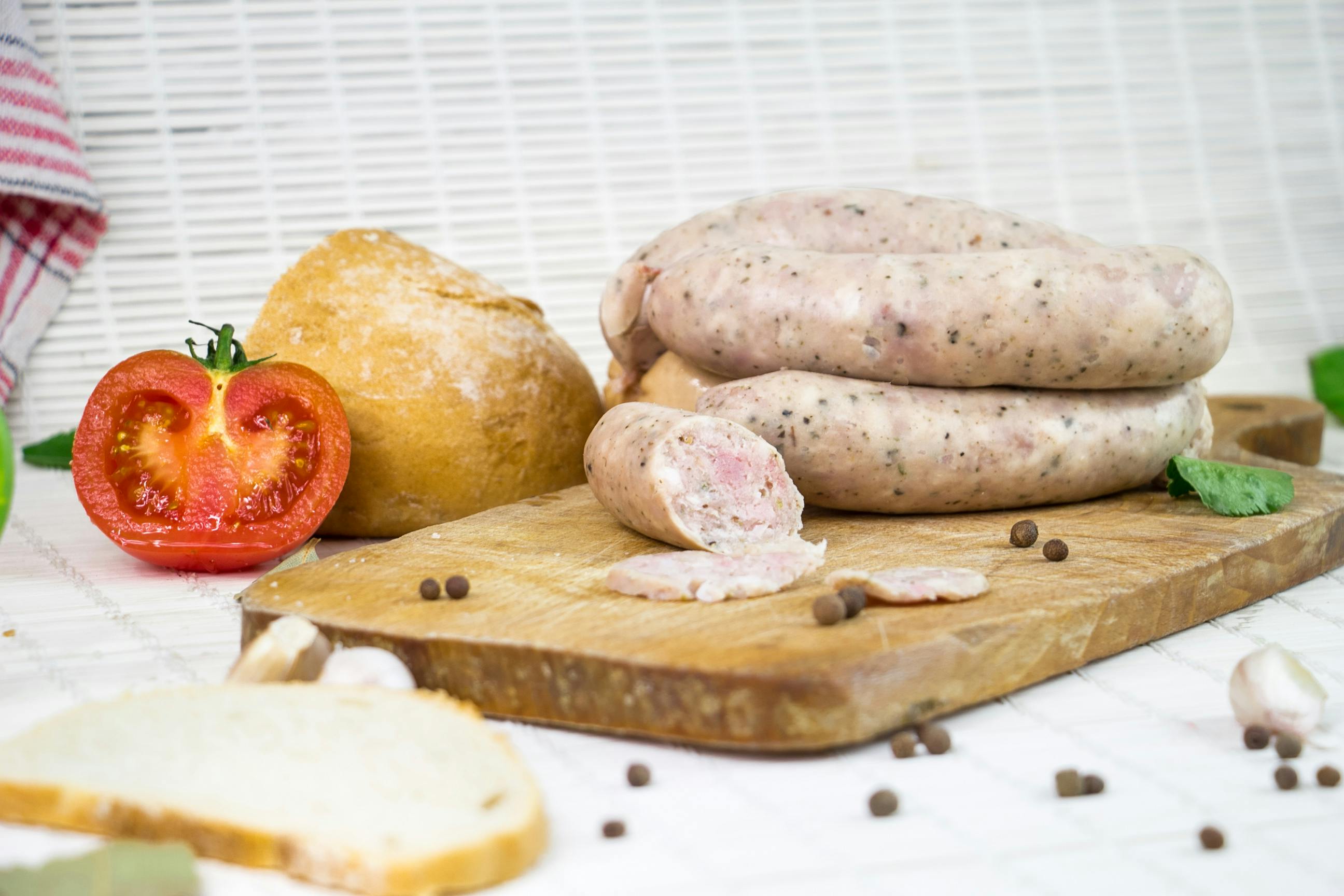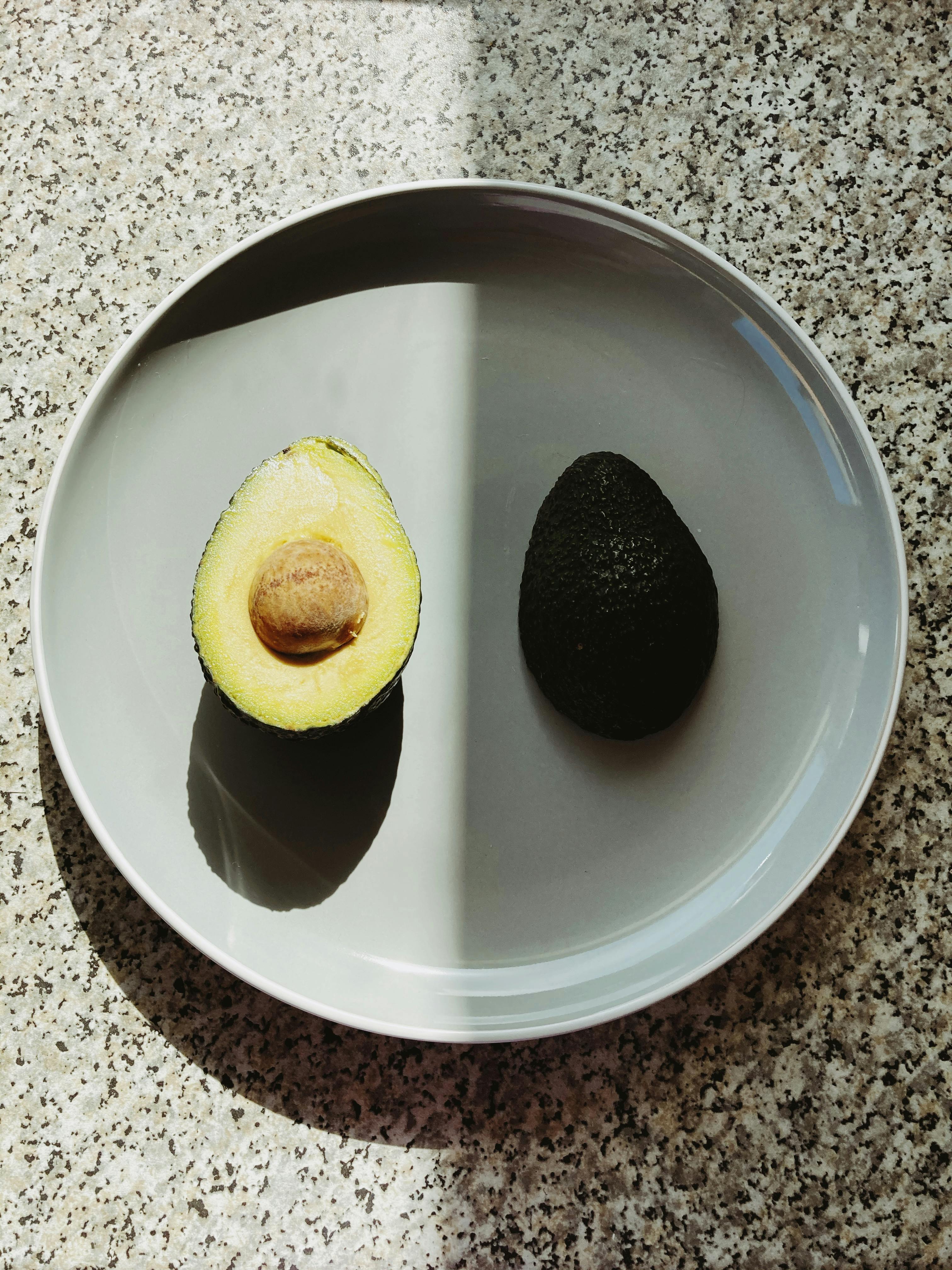
Effective Ways to Optimize Your Vestibular Migraine Diet in 2025
Vestibular migraines can be debilitating, affecting balance, spatial orientation, and causing dizziness alongside traditional migraine symptoms. One crucial approach to managing this condition is through dietary optimization. In 2025, understanding the intricate relationship between food and vestibular migraine symptoms has never been more essential. This article will explore how to create an effective vestibular migraine diet, focusing on the best foods to include and those to avoid, while emphasizing practical meal ideas and lifestyle modifications.
By understanding the various migraine triggers and adopting a migraine-friendly meal plan, you can enhance your quality of life significantly. A balanced diet rich in anti-inflammatory foods and nutrients can aid in prevention and management, helping to mitigate the impact of vestibular migraines on daily life. Let’s delve into the fundamental aspects of a vestibular migraine diet that could transform your approach to food and health.
Key Takeaways: Balanced nutritional intake supports migraine management, proper hydration is crucial, and regular meal frequencies can keep headaches at bay. This guide aims to equip you with actionable strategies like meal planning and recipes tailored for migraine sufferers.
Creating a Balanced Diet for Vestibular Migraine Management
Creating a balanced diet for vestibular migraine management revolves around understanding which foods aid in alleviating symptoms and which ones might exacerbate them. Incorporating magnesium-rich foods, such as leafy greens, nuts, and seeds, not only helps in reducing the frequency of migraines but also plays a role in muscle relaxation and nerve function.
Aiming for a whole foods approach can vastly improve overall health. Foods like fish, avocados, and quinoa are excellent sources of the essential nutrients needed for brain health. These foods contribute to a nutritional balance that can alleviate symptoms associated with vestibular migraines.
Moreover, it's essential to recognize foods that promote relaxation, such as complex carbohydrates and omega-3 fatty acids. Incorporating these into your meals may help stabilize mood and reduce anxiety, both common triggers of migraines.
Building on these fundamentals, the next focus will be on identifying specific migraine trigger foods and how to manage them within your diet.
Identifying Foods to Avoid for Vestibular Migraine Sufferers
Identifying and avoiding certain foods is key to managing vestibular migraines effectively. Common culprits include aged cheeses, cured meats, and any foods containing MSG or artificial sweeteners. These are known to trigger headaches in many individuals due to their high tyramine content.
Furthermore, it’s important to consider the dairy-free diet as many people find that dairy products can exacerbate migraine symptoms. Exploring dairy alternatives, such as almond milk and coconut yogurt, offers viable options without reducing your quality of nutrition.
Another area of concern is gluten-containing foods. Research shows a notable connection between gluten and vestibular migraines for some individuals. Transitioning to a gluten-free diet might help alleviate symptoms, offering a more stable diet devoid of potential triggers.
This naturally leads us to discuss how portion control and meal frequency can contribute to dealing with vestibular migraines.
Importance of Portion Control and Meal Frequency
Maintaining stable blood sugar levels through portion control and regular meal frequency can make a significant difference in managing vestibular migraines. Consuming smaller, balanced meals throughout the day can prevent energy crashes that often precipitate migraine attacks. When planning meals, focus on a balance of proteins, healthy fats, and carbohydrates.
Adopting mindful eating practices is crucial; being aware of what you're consuming and how it affects your body helps in managing symptoms effectively. Keeping a food journal can assist you in tracking triggers and recognizing patterns related to your diet and headache frequency.
For instance, including fiber-rich foods such as whole grains, legumes, and fruits can also promote digestive health, which plays a role in overall wellness and headache prevention. With these dietary practices established, let’s explore some sumptuous vestibular migraine recipes.
Delicious Vestibular Migraine Recipes
Planning your meals with vestibular migraine-friendly recipes can be both enjoyable and beneficial. Incorporating anti-inflammatory ingredients like turmeric and ginger into your meals can provide natural migraine relief while enhancing flavor. For breakfast, consider a smoothie made with spinach, banana, and flaxseeds—ideal for boosting omega-3s and fiber.
A great lunch option could be a quinoa salad mixed with colorful vegetables, dressed with a simple olive oil and vinegar solution, avoiding any problematic spices. Dinner can be a hearty yet light baked salmon paired with steamed asparagus drizzled with lemon juice.
Here are some meal ideas for migraine sufferers that embody these principles:
- Turmeric chicken stir-fry with a variety of vegetables
- Oven-roasted sweet potatoes topped with avocado
- Fiber-rich lentil soup seasoned with mild herbs
Remember to experiment with flavors while avoiding common triggers, focusing on flavors that enhance your relaxation and well-being.
Hydration Strategies for Migraine Prevention
Hydration plays a critical role in managing vestibular migraines. Being dehydrated is a well-documented migraine trigger. Maintaining adequate fluid intake helps ensure overall body function and can prevent the onset of headaches. Aim for a minimum of 8-10 cups of water a day, adjusting based on activity levels and individual needs.
Complementing hydration with herbal remedies for migraine, such as ginger tea or peppermint tea, can further aid in relief during migraine attacks. These options not only hydrate but also provide soothing effects, easing nausea often associated with migraines.
This focus on hydration naturally leads us to the crucial aspect of dietary supplements, which can enhance overall migraine management.
Utilizing Dietary Supplements for Migraine Management
Incorporating dietary supplements can offer additional support for those battling vestibular migraines. Magnesium and Vitamin B2 (riboflavin) have been extensively studied for their positive effects on migraine prevention. Magnesium is particularly beneficial as many migraine sufferers have been found to be magnesium deficient.
Another supplement worth considering is Vitamin D, which plays a role in bone health and may be tied to migraine frequency as well. Consult with a healthcare provider to ensure that these supplements align with your dietary needs and health conditions. Combining these with a healthy diet can significantly influence your migraine experience.
Understanding these nutritional adjustments, let’s summarize key strategies for success in optimizing your vestibular migraine diet and lifestyle.
Key Strategies for A Successful Vestibular Migraine Diet
To encapsulate all that we've covered, successful management of vestibular migraines through diet entails understanding and modifying your food intake in a way that enhances your quality of life. Start by building a solid foundation with anti-inflammatory foods while being mindful of triggers.
Keeping a food journal to note reactions to different foods can provide immense insight into your personal triggers and preferences. Prioritize hydration, employ mindful eating practices, and consider the strategic use of dietary supplements.
By taking these proactive steps, you are enhancing not just your migraine management but your overall well-being. A holistic approach that encompasses effective dietary management can be immensely rewarding, paving the way toward a healthier and happier life devoid of the constraints that vestibular migraines often impose.

